-
 bitcoin
bitcoin $122659.385674 USD
0.52% -
 ethereum
ethereum $4484.113342 USD
-0.09% -
 bnb
bnb $1304.229256 USD
-0.85% -
 tether
tether $1.000204 USD
-0.03% -
 xrp
xrp $2.860636 USD
-0.51% -
 solana
solana $227.288799 USD
2.36% -
 usd-coin
usd-coin $0.999805 USD
0.01% -
 dogecoin
dogecoin $0.252837 USD
1.18% -
 tron
tron $0.341149 USD
1.12% -
 cardano
cardano $0.830507 USD
0.33% -
 hyperliquid
hyperliquid $45.792319 USD
0.04% -
 chainlink
chainlink $22.422164 USD
1.55% -
 ethena-usde
ethena-usde $1.000283 USD
0.01% -
 sui
sui $3.511389 USD
0.83% -
 stellar
stellar $0.385276 USD
-0.44%
What is a permissioned blockchain?
A permissioned blockchain restricts access to verified participants, enhancing privacy and efficiency for enterprise use through controlled roles and trusted consensus mechanisms.
Aug 13, 2025 at 11:35 am

Understanding the Concept of a Permissioned Blockchain
A permissioned blockchain is a type of distributed ledger technology where access to the network is restricted and controlled by a central authority or a group of pre-approved entities. Unlike public blockchains such as Bitcoin or Ethereum, which allow anyone to join, validate transactions, and participate in consensus, a permissioned blockchain requires users to be authenticated and authorized before they can interact with the system. This model enhances privacy, scalability, and regulatory compliance, making it suitable for enterprise and institutional use cases. The core distinction lies in who can read, write, and validate data on the blockchain. In permissioned systems, these roles are clearly defined and limited to trusted participants.
Key Characteristics of Permissioned Blockchains
Permissioned blockchains exhibit several defining features that differentiate them from their public counterparts. One of the most significant is identity verification—every participant must be identified and granted specific permissions before accessing the network. This ensures that only vetted organizations or individuals can join. Another characteristic is the use of consensus mechanisms tailored for efficiency, such as Practical Byzantine Fault Tolerance (PBFT) or Raft, which are faster than proof-of-work and do not require energy-intensive mining. Additionally, these blockchains often support configurable privacy settings, allowing certain data to be visible only to designated parties. The ability to enforce compliance with legal and organizational policies is another advantage, especially in regulated industries like finance and healthcare.
How Access Control Works in Permissioned Blockchains
Access control in a permissioned blockchain is managed through a combination of digital identities, cryptographic keys, and role-based permissions. Before joining the network, a user or organization must undergo a registration and identity verification process conducted by a governing body or consortium. Once verified, the entity is issued a digital certificate and a pair of cryptographic keys (public and private). These keys are used to sign transactions and authenticate actions on the network. Permissions are assigned based on roles—such as reader, writer, or validator—and can be modified or revoked by administrators. For example:
- A reader may only view transaction history.
- A writer can submit new transactions.
- A validator participates in consensus and confirms blocks.This granular control ensures that sensitive operations are restricted to authorized nodes only.
Setting Up a Node on a Permissioned Blockchain Network
Deploying a node in a permissioned blockchain involves several technical steps that must be followed precisely. The process begins with obtaining approval from the network administrator or consortium. After approval, the operator must download the required software, which is often customized for the specific blockchain platform (e.g., Hyperledger Fabric, R3 Corda). The next step is to configure the node’s identity using a digital certificate issued by a Certificate Authority (CA) integrated into the network. Configuration files must be edited to specify: - The network endpoint addresses of peers and orderers.
- The security protocols such as TLS settings.
- The role and permissions assigned to the node.Once configured, the node must synchronize with the existing blockchain ledger by downloading the genesis block and subsequent blocks from trusted peers. After synchronization, the node can begin participating in transactions or consensus, depending on its assigned role.
Consensus Mechanisms in Permissioned Blockchains
Consensus in permissioned blockchains prioritizes speed, efficiency, and finality over decentralization. Since all participants are known and trusted, the network can use deterministic algorithms that finalize transactions quickly. One widely used mechanism is Practical Byzantine Fault Tolerance (PBFT), which allows the network to reach agreement as long as more than two-thirds of the nodes are honest. In PBFT, nodes communicate in rounds—proposing, pre-voting, and committing blocks—ensuring that all honest nodes agree on the same state. Another option is Raft, a leader-based consensus algorithm that is simpler and suitable for private networks where Byzantine failures are less likely. These mechanisms eliminate the need for mining and reduce latency, enabling high throughput and low confirmation times. The selection of a consensus algorithm depends on the network’s size, fault tolerance requirements, and trust model.Use Cases and Industry Applications
Permissioned blockchains are widely adopted in sectors where data privacy, regulatory compliance, and operational efficiency are critical. In supply chain management, companies use permissioned ledgers to track goods from origin to delivery, with each participant (manufacturer, shipper, retailer) having access only to relevant data. In banking and finance, institutions leverage these blockchains for interbank settlements, trade finance, and KYC (Know Your Customer) processes, reducing duplication and fraud. Healthcare organizations use them to securely share patient records among authorized providers while maintaining HIPAA compliance. Government agencies deploy permissioned blockchains for land registry and identity management systems, ensuring tamper-proof records with controlled access. These applications benefit from the balance between transparency among participants and confidentiality from the public.Frequently Asked Questions
Can a permissioned blockchain be decentralized? Yes, a permissioned blockchain can be decentralized to a degree. While access is restricted, the network can still distribute control among multiple organizations in a consortium model. No single entity owns the entire network, and consensus is achieved collectively among the approved nodes.How is data privacy enforced in a permissioned blockchain?Data privacy is enforced through encryption, channel segmentation (as in Hyperledger Fabric), and access control lists. Only nodes with the correct permissions can decrypt and view specific transactions or data sets. Private channels allow subsets of participants to conduct confidential transactions.
What happens if a node in a permissioned blockchain behaves maliciously?Malicious nodes can be identified through their digital signatures and excluded from the network by administrators. Since all participants are known, accountability is high. Consensus algorithms like PBFT are designed to tolerate a certain number of faulty or malicious nodes without compromising the network.
Is it possible to transition from a permissioned to a public blockchain?Technically, it is possible but highly complex. It would require redesigning the consensus mechanism, removing access controls, and exposing the entire ledger to the public. Due to differences in security models and data sensitivity, such a transition is rarely practical and is generally not recommended.
Disclaimer:info@kdj.com
The information provided is not trading advice. kdj.com does not assume any responsibility for any investments made based on the information provided in this article. Cryptocurrencies are highly volatile and it is highly recommended that you invest with caution after thorough research!
If you believe that the content used on this website infringes your copyright, please contact us immediately (info@kdj.com) and we will delete it promptly.
- BlockDAG, DOGE, HYPE Sponsorship: Crypto Trends Shaping 2025
- 2025-10-01 00:25:13
- Deutsche Börse and Circle: A StableCoin Adoption Powerhouse in Europe
- 2025-10-01 00:25:13
- BlockDAG's Presale Buzz: Is It the Crypto to Watch in October 2025?
- 2025-10-01 00:30:13
- Bitcoin, Crypto, and IQ: When Genius Meets Digital Gold?
- 2025-10-01 00:30:13
- Stablecoins, American Innovation, and Wallet Tokens: The Next Frontier
- 2025-10-01 00:35:12
- NBU, Coins, and Crypto in Ukraine: A New Yorker's Take
- 2025-10-01 00:45:14
Related knowledge
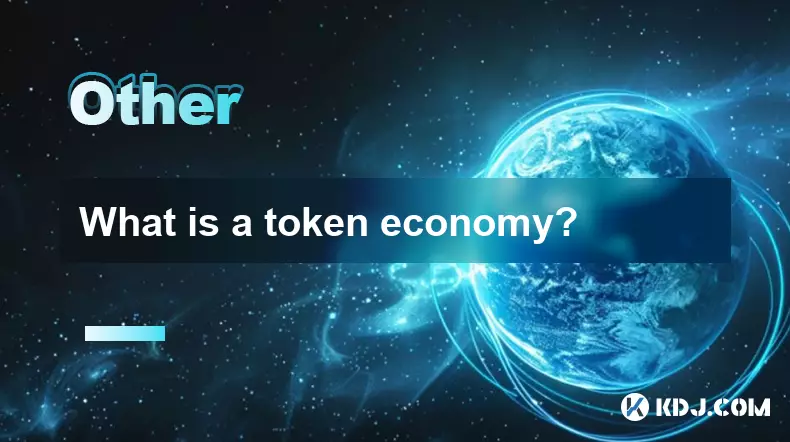
What is a token economy?
Sep 20,2025 at 12:18am
Understanding the Foundations of a Token Economy1. A token economy in the context of cryptocurrency refers to a system where digital tokens are used a...
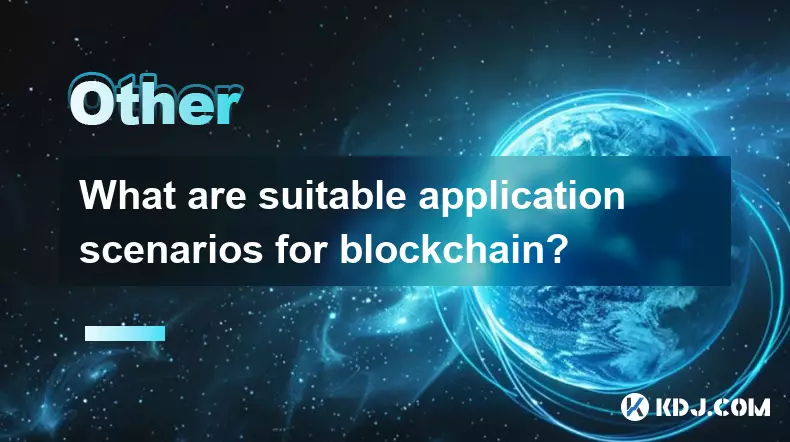
What are suitable application scenarios for blockchain?
Sep 20,2025 at 03:19am
Decentralized Finance (DeFi) Platforms1. Blockchain enables the creation of financial services without centralized intermediaries, allowing users to l...
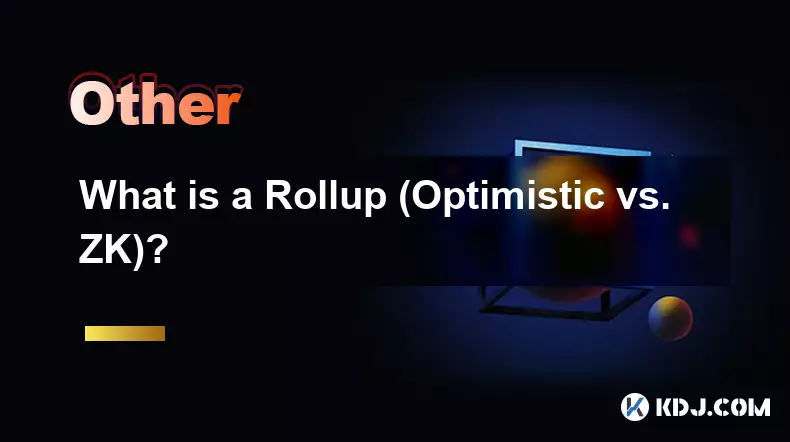
What is a Rollup (Optimistic vs. ZK)?
Sep 22,2025 at 03:00pm
Understanding Rollups in Blockchain Technology1. Rollups are layer-2 scaling solutions designed to increase transaction throughput on blockchains like...
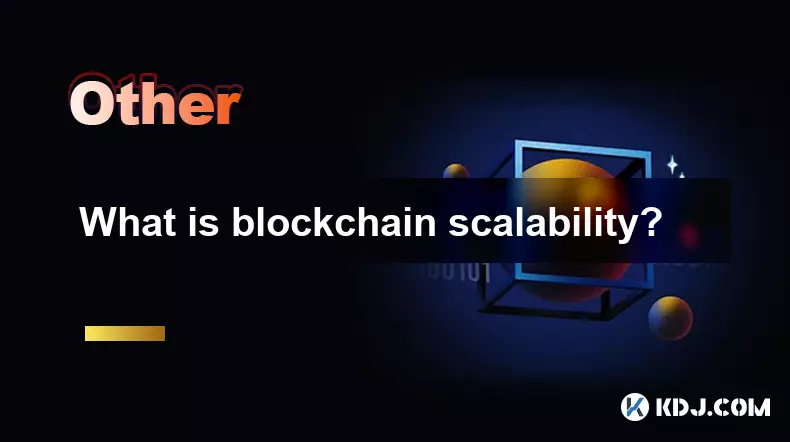
What is blockchain scalability?
Sep 19,2025 at 06:18am
Understanding Blockchain Scalability1. Blockchain scalability refers to a network's ability to handle an increasing number of transactions without com...
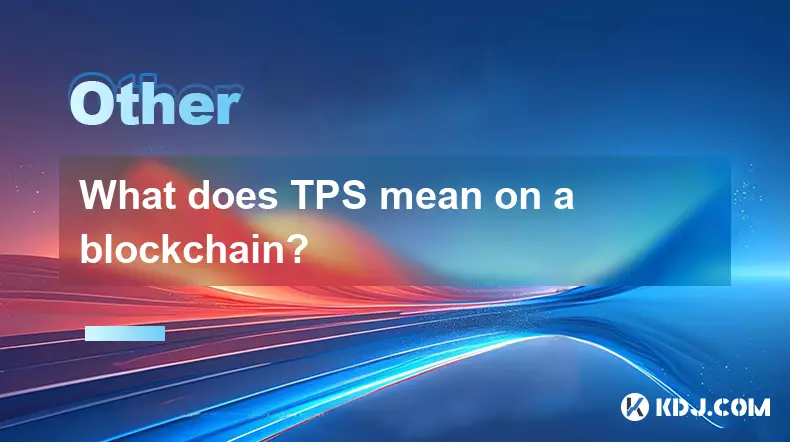
What does TPS mean on a blockchain?
Sep 21,2025 at 09:54am
Understanding TPS in Blockchain Technology1. TPS stands for Transactions Per Second, a metric used to measure the number of transactions a blockchain ...
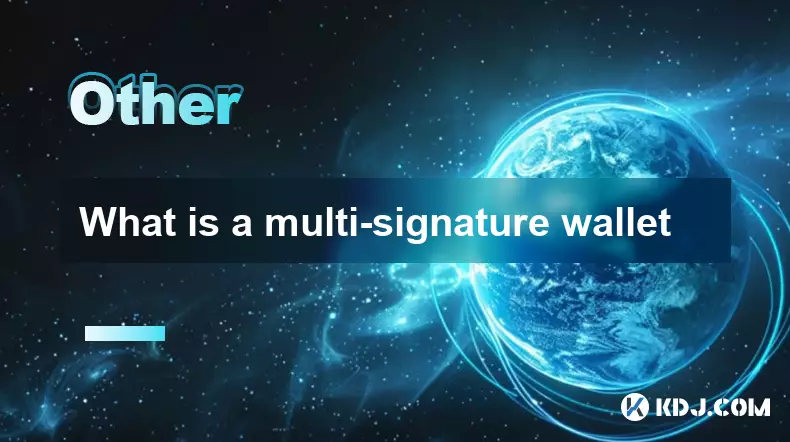
What is a multi-signature wallet
Sep 20,2025 at 07:00am
Understanding Multi-Signature Wallets in Cryptocurrency1. A multi-signature wallet, often referred to as a multisig wallet, is a type of cryptocurrenc...

What is a token economy?
Sep 20,2025 at 12:18am
Understanding the Foundations of a Token Economy1. A token economy in the context of cryptocurrency refers to a system where digital tokens are used a...

What are suitable application scenarios for blockchain?
Sep 20,2025 at 03:19am
Decentralized Finance (DeFi) Platforms1. Blockchain enables the creation of financial services without centralized intermediaries, allowing users to l...

What is a Rollup (Optimistic vs. ZK)?
Sep 22,2025 at 03:00pm
Understanding Rollups in Blockchain Technology1. Rollups are layer-2 scaling solutions designed to increase transaction throughput on blockchains like...

What is blockchain scalability?
Sep 19,2025 at 06:18am
Understanding Blockchain Scalability1. Blockchain scalability refers to a network's ability to handle an increasing number of transactions without com...

What does TPS mean on a blockchain?
Sep 21,2025 at 09:54am
Understanding TPS in Blockchain Technology1. TPS stands for Transactions Per Second, a metric used to measure the number of transactions a blockchain ...

What is a multi-signature wallet
Sep 20,2025 at 07:00am
Understanding Multi-Signature Wallets in Cryptocurrency1. A multi-signature wallet, often referred to as a multisig wallet, is a type of cryptocurrenc...
See all articles










































































